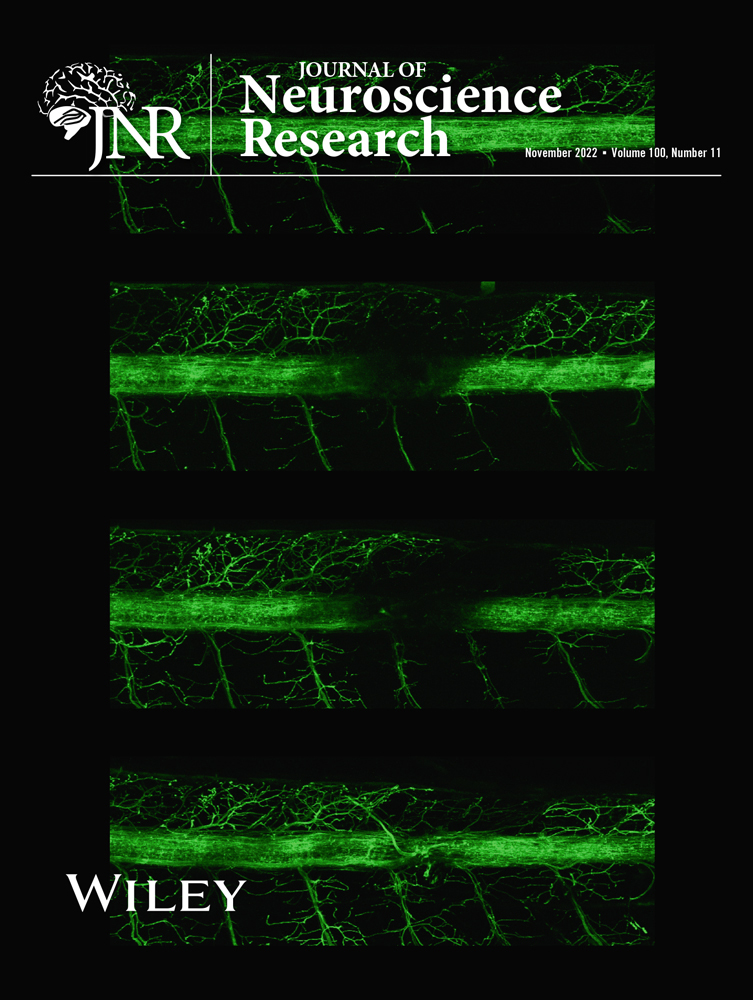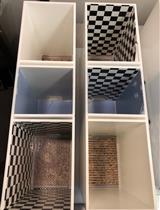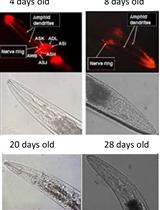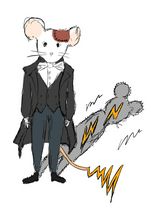- EN - English
- CN - 中文
Alginate Gel Immobilization of Caenorhabditis elegans for Optical Calcium Imaging of Neurons
褐藻胶固定化秀丽隐杆线虫用于神经元的光学钙成像
发布: 2023年06月20日第13卷第12期 DOI: 10.21769/BioProtoc.4697 浏览次数: 2249
评审: Oneil Girish BhalalaAnand Ramesh PatwardhanMatthias Rieckher
Abstract
A fascinating question in neuroscience is how sensory stimuli evoke calcium dynamics in neurons. Caenorhabditis elegans is one of the most suitable models for optically recording high-throughput calcium spikes at single-cell resolution. However, calcium imaging in C. elegans is challenging due to the difficulties associated with immobilizing the organism. Currently, methods for immobilizing worms include entrapment in a microfluidic channel, anesthesia, or adhesion to a glass slide. We have developed a new method to immobilize worms by trapping them in sodium alginate gel. The sodium alginate solution (5%), polymerized with divalent ions, effectively immobilizes worms in the gel. This technique is especially useful for imaging neuronal calcium dynamics during olfactory stimulation. The highly porous and transparent nature of alginate gel allows the optical recording of cellular calcium oscillations in neurons when briefly exposed to odor stimulation.
Keywords: Immobilization (固定化)Background
Caenorhabditis elegans is an ideal model organism to observe dynamic changes at the cellular level using fluorescence labeling of target molecules owing to its transparent nature. Unfortunately, worms are sensitive to light and become very active when placed under a microscope. For optical calcium imaging, immobilizing the worms for a prolonged period is essential; however, this can be difficult due to movement artifacts.
Anesthetic agents, such as sodium azide or levamisole, are the most popular choice for immobilizing worms; however, they can cause physiological and behavioral variations in the organism (Fang-Yen et al., 2012; Lewis et al., 1980). As an alternative, gluing worms to a thin agar pad using cyanoacrylate adhesive has been used in calcium imaging and electrophysiological studies (Kerr et al., 2000). This method allows worms to recognize and respond to external stimuli more efficiently; however, it can be challenging to master, particularly gluing the worm only to the tail region. Often, worms become mired when glue sticks to the trunk and head and cannot be used for the experiment (Kerr et al., 2000). Additionally, it is difficult to measure calcium kinetics in the head neurons using this method because of the quick head turns of the worm.
Microfluidic chips have been employed to trap worms for extended kinetic measurements (Hulme et al., 2007). This expensive technique requires the use of precise microfluidic channels and fluid pumps. Polystyrene beads (0.1 μm size) on 5%–10% agarose pads have been used to immobilize worms for extended measurement (Kim et al., 2013). Despite its simplicity, bead-based immobilization triggers dopamine levels in worms (Dong et al., 2018; Raj and Thekkuveettil, 2022) and can compromise the interpretation of the results.
Here, we present a new protocol for immobilizing worms using sodium alginate gel. This method is quick, cost-effective, and causes minimal distress to worms. The gel creates a protective cavity around them, similar to that of microfluidic channels. The alginate gel is highly porous and enables olfactory signals to reach the worm. To prove the efficacy of this method, we applied it to a functional imaging application and showed that it can accurately measure calcium spikes in neurons during odor exposure.
Materials and reagents
Materials
Sodium alginate powder (SDFCL SD Fine Chem Ltd, Mumbai. CAS No. 9005-38-3)
Cover glass, 22 mm × 40 mm (Labtech medico P Ltd, catalog number: LT-71)
Calcium chloride (HiMedia, CAS No. 10035-04-8)
Whatman filter paper, pore size 11 μm (Whatman, catalog number: 1001-917)
Isoamyl alcohol (IAA) (Central Drug House, Bombay, CAS No. 123-51-3)
Equipment
Leica DMi8 automated fluorescent microscope (S/N 455551) with Leica DFC7000 T camera
InjectMan 4 (Eppendorf)
Software
GraphPad Prism 6 software
Las X image acquisition software
Procedure
文章信息
版权信息
© 2023 The Author(s); This is an open access article under the CC BY-NC license (https://creativecommons.org/licenses/by-nc/4.0/).
如何引用
Mangalath, A., Raj, V., Santhosh, R. and Thekkuveettil, A. (2023). Alginate Gel Immobilization of Caenorhabditis elegans for Optical Calcium Imaging of Neurons. Bio-protocol 13(12): e4697. DOI: 10.21769/BioProtoc.4697.
分类
神经科学 > 神经解剖学和神经环路 > 动物模型
神经科学 > 行为神经科学
生物科学 > 生物技术
您对这篇实验方法有问题吗?
在此处发布您的问题,我们将邀请本文作者来回答。同时,我们会将您的问题发布到Bio-protocol Exchange,以便寻求社区成员的帮助。
Share
Bluesky
X
Copy link












